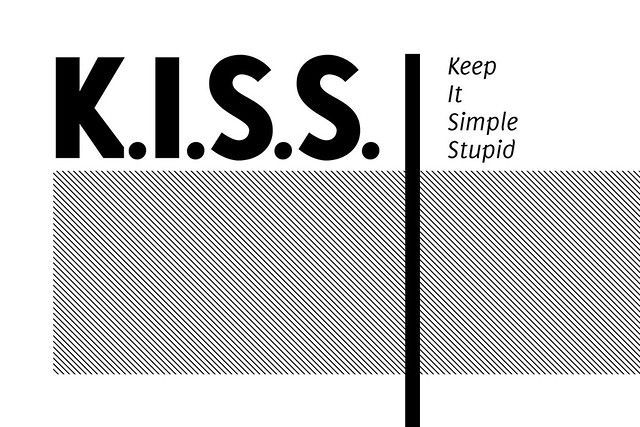After attending a Jujitsu coaching accreditation course (NCAS) I was reflecting on parts of the course that I liked, parts that I didn’t and parts that were a big hole in my own development. Part of the problem is that I’ve internally placed too much importance on letting my instructor develop me as a BJJ practitioner. Until this blog I never took ownership of my development – besides just showing up.
During the coaching course, a section was dedicated to vision, goals, planning and monitoring progress – the examples were shown in a generic sports sense. However I started thinking about how I don’t apply this to my own BJJ. I had a vision and I set goals, but I never created plans for those goals.
That is a plan outside of showing up to class and doing whatever technique was being displayed. I don’t have a coach as such that gives me that direction. So my approach is if I can’t have that I’ll coach myself. It doesn’t mean I’ll learn technique and make it up myself. It means I’ll give my training some structure.
My vision is simple: Make my Jiu Jitsu as effortless and effective as Rickson Gracie’s.
That’s a huge vision, but that’s what a vision is suppose to be. Something far off the drives everything else you do.
So my immediate goal this month is this: To feel relaxed and safe when underneath all belt colours and sizes.
I added a monthly plan on how to achieve this goal. This stuff, is the extra stuff outside of class drilling. It’s my own session by session plan that augments whatever is being taught. Perhaps I work on it during live rolls, after class, or during open mat. I still will work on what is being taught.
The idea is for every day I have a specific requirement that I have to work on in training. Which leads me one step towards achieving the current goal I’ve set. I then just go back the next day and mark (either green or red) whether I completed my planned drill/exercise or not. I also update my training log with how the night in general went.
My plan for last night was to get under SC, S-Mount and Mount and just work survival skills without even worrying about escapes. I didn’t get much time in Mount as people generally got stuck in SC or went straight to S-Mount. So I accomplished most of my plan for the night. My plan has me doing this particular thing for the next 3-4 training sessions.
Example of my training log.

Example of my Training Plan
The plan doesn’t tell me how well I did things – I have the training log for that. It’s purpose is just to ensure I’m following the plan towards the goal. If you don’t have an instructor that actively participates in asking you for your goals and setting out a specific plan then I recommend you give something like this a try. Otherwise you are like the guys that go down to the local weights gym to workout without any direction – what are they really achieving in the long run? I don’t want to be a great competitor or anything, but I do want to be getting the most out of every Jiu Jitsu class I attend.
Happy rolling
Dan






 I follow a lot of BJJ blogs online. It's good for information and insight, or even bad insight that I can then turn into good insight.
I follow a lot of BJJ blogs online. It's good for information and insight, or even bad insight that I can then turn into good insight.